AI generated images are now seeping into advertising, social media, entertainment, and more, thanks to models like Midjourney and DALL-E. But creating visual art with AI actually dates back decades.
Christiane Paul curates digital art at the Whitney Museum of American Art, in New York City. Last year, Paul curated an exhibit on British artist Harold Cohen and his computer program AARON, the first AI program for art creation. Unlike today’s statistical models, AARON was created in the 1970s as an expert system, emulating the decision-making of a human artist.
Christiane Paul
Christiane Paul is the curator of digital art at the Whitney Museum of American Art and a professor emeritus at the New School.
IEEE Spectrum spoke with Paul about Cohen’s iconic AI program, digital art curation, and the relationship between art and technology.
How do you curate digital art?
Christiane Paul: Curating digital art is not that different from any other art form. Whether painting or photography or print, we all look at the sophistication of a concept and how it is translated into a medium. So my curatorial choices are not driven by the technology. If you’re a curator of painting, the selection of a work for an exhibition would not be driven by a specific paint or technique for a brush stroke.
In 2001, Harold Cohen produced AARON KCAT as part of his experiments in producing figures with the AI model. Cohen taught the model how to handle overlapping objects in a composition, which he did by having the model fill in objects from the foreground to the background.Whitney Museum of American Art
That being said, of course, there have been shows about pointillism as a specific technique in painting. And, there could be an exhibition focused on AI technologies as an artistic medium. But the general criteria would still be the sophistication of concept and its implementation.
Do you collaborate with engineers as part of your work?
Paul: Yes, of course. Many artists also have a background in engineering, particularly when it comes to the older generation of digital artists. When there weren’t any digital art programs or schools, digital artists often would have a background in engineering or programming. So you work with developers and software engineers, and many artists are programmers or coders themselves—I would say most of the artists I’m working with. They sometimes have to outsource, just due to the amount of work, but most of them are also very deeply in the weeds.
What are the challenges of collecting and preserving digital art?
Paul: For art institutions or collectors, it is important to have standards and best practices for archiving and keeping track of the technologies, because computers and systems change at such a rapid pace. In the ’90s people started paying more attention to implementing conservation approaches, and there are several strategies. One of them is storage and…
Read full article: When Is an AI Image Truly Art?

The post “When Is an AI Image Truly Art?” by Gwendolyn Rak was published on 04/29/2025 by spectrum.ieee.org




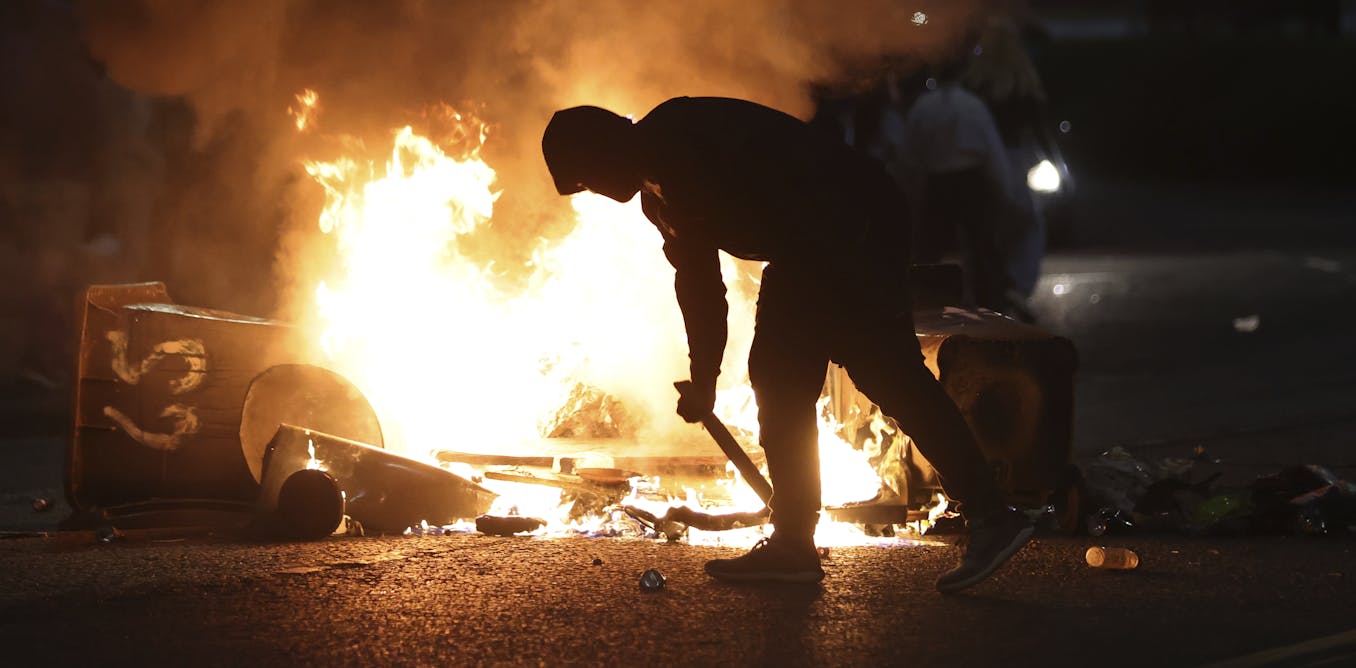

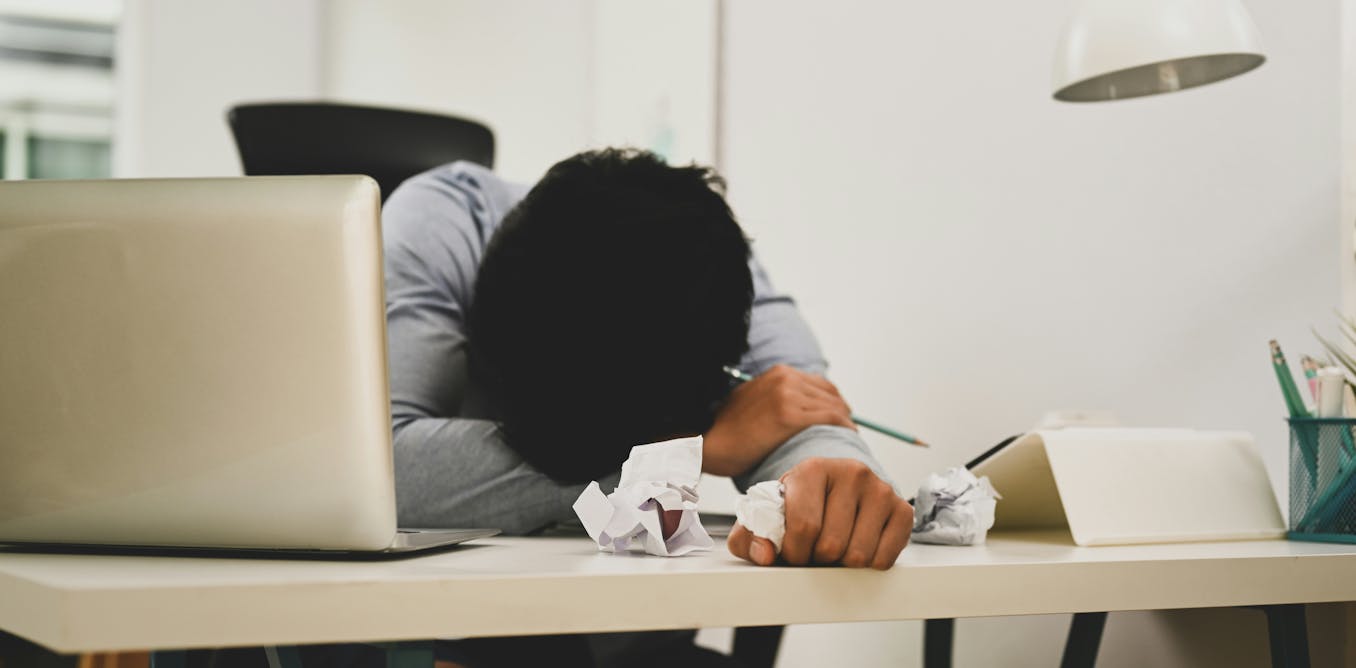

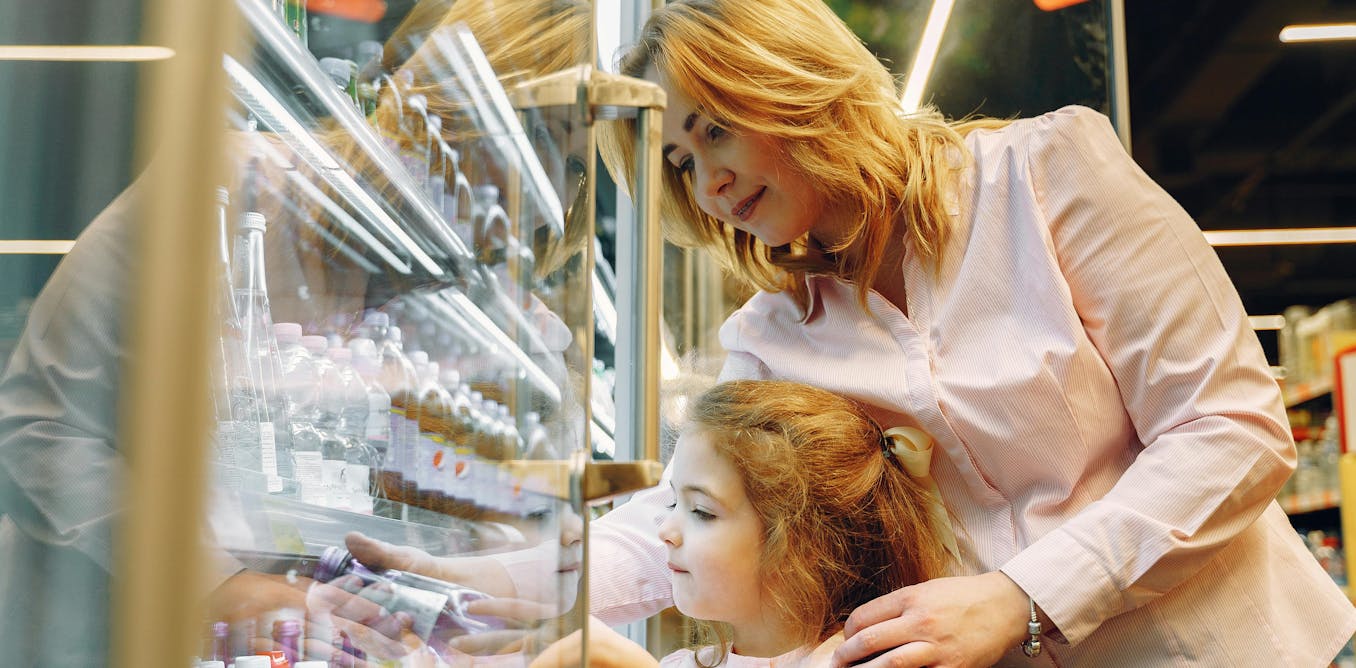


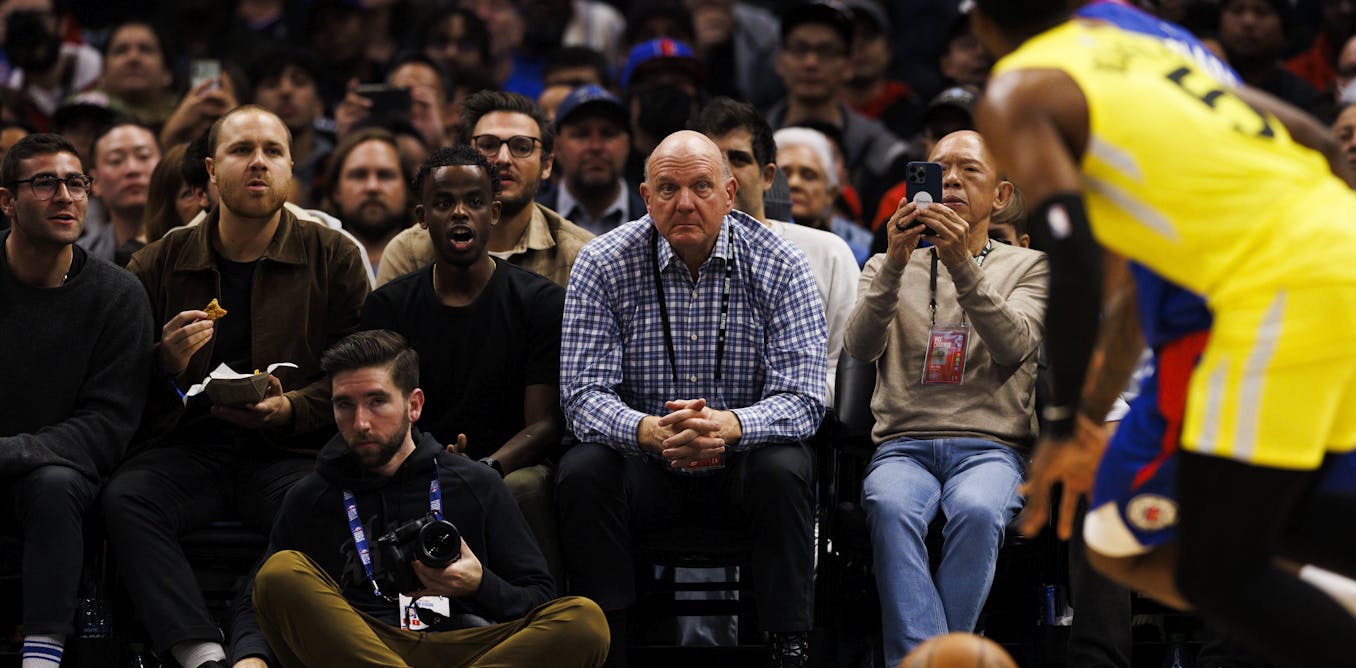
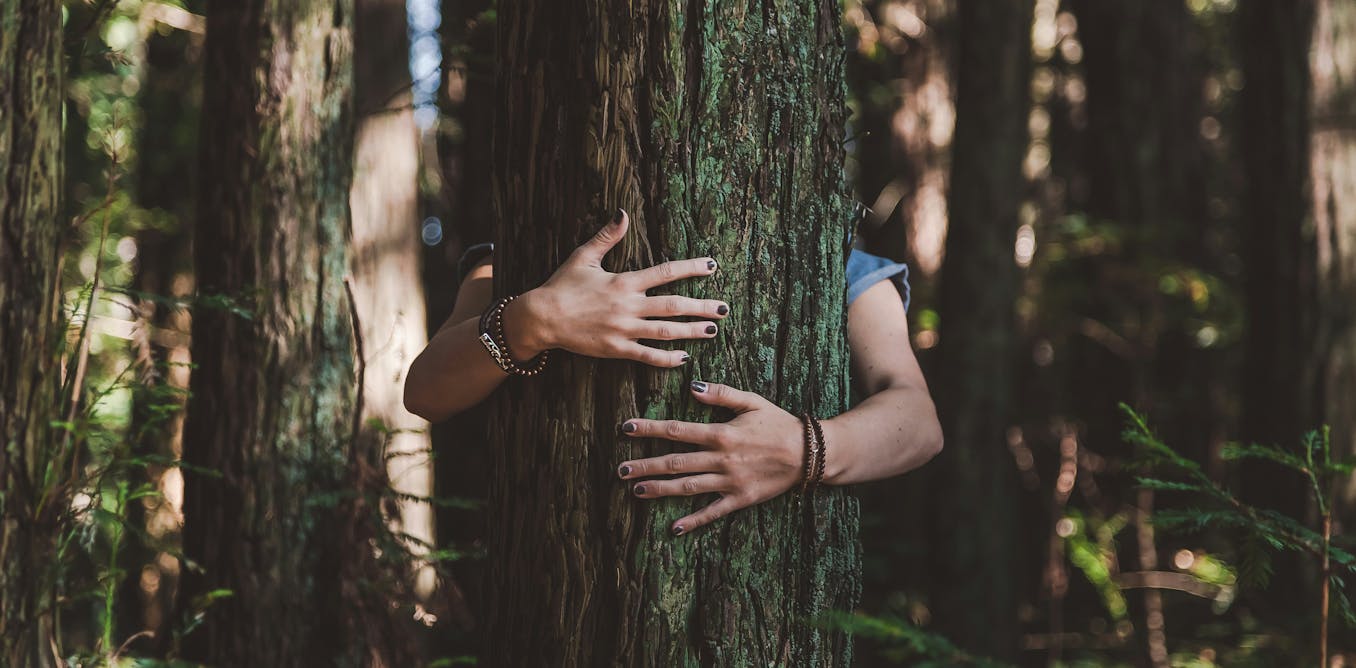
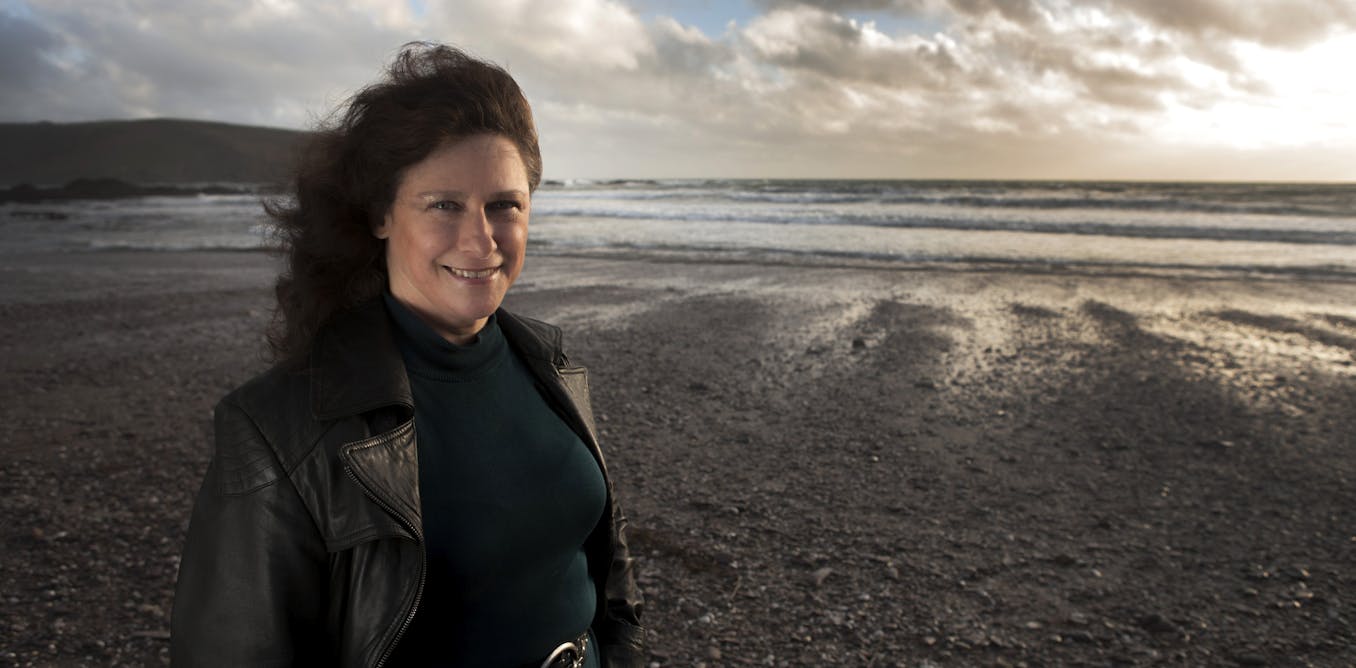














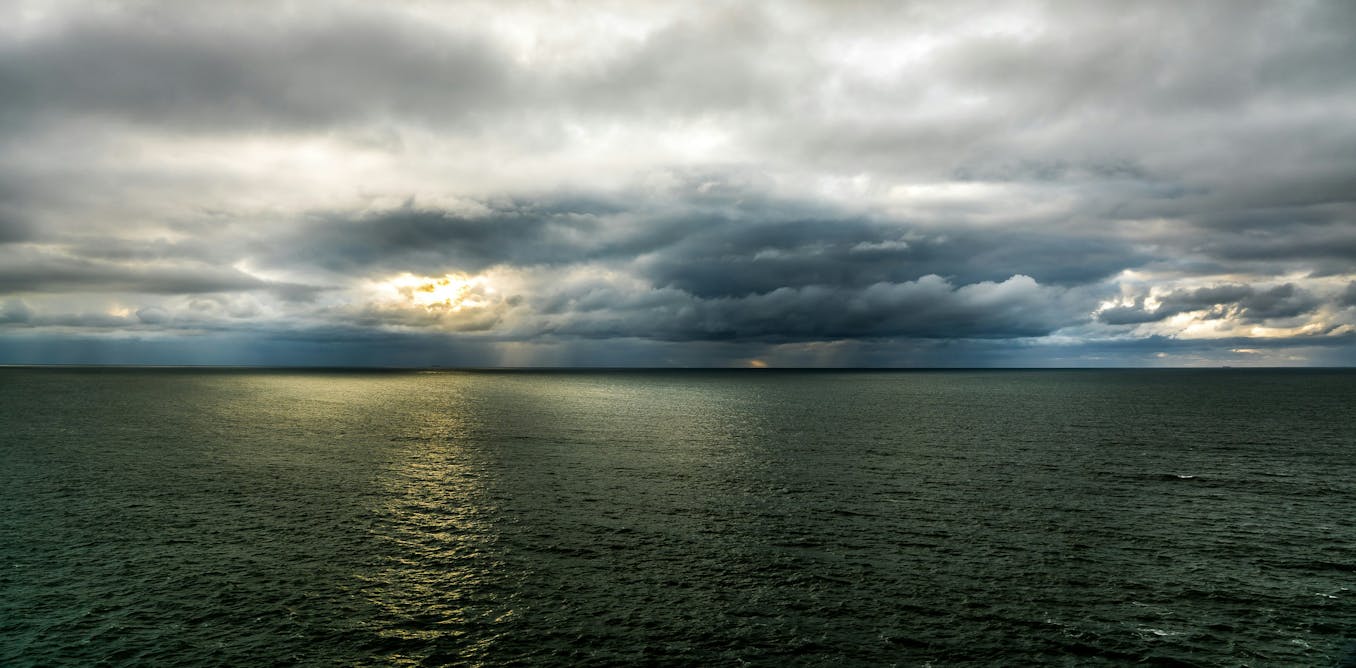









Leave a Reply